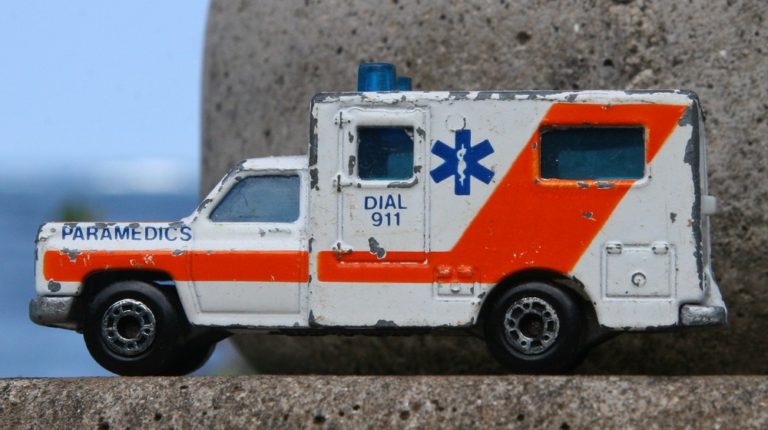More than one-third of seriously injured patients in the U.S. do not receive the appropriate level of trauma care, according to a recent study in the American Journal of Emergency Medicine. Patients most likely to be undertriaged are elderly or have traumatic brain injury. The authors of the paper estimate that the U.S. would need to increase Level I and Level II trauma center capacity by more than half to accommodate these major trauma patients.
The study was based on data from the 2010 Nationwide Emergency Department Sample. Major trauma was defined as injury severity score of 16 or higher. Undertriage was defined as receiving definitive care in a Level III trauma center or a non-trauma center.
Based on a sample of 36,395 patients, the authors estimate that 34.0% of major trauma patients are undertriaged to Level III or non-trauma center care.
Undertriage increases with age. The lowest undertriage rate was among adults age 18 to 54. Major trauma patients 85 and older were about twice as likely to be undertriaged. Undertriage rates were highest among Medicare patients.
Gender, chronic conditions and income. Females were more likely than males (AOR = 1.20) to be undertriaged. Patients with chronic conditions were much less likely to be undertriaged (AOR = 0.56). Patients living in high-income ZIP codes had significantly higher odds of undertriage (AOR = 1.65).
Fall injuries often undertriaged. Undertriage rates were lowest among patients injured in a traffic crash or via gunshot wound. Lower rates were also seen among victims of assault or self-harm. The odds of undertriage were highest for “injuries caused by falls and being struck.”
Head injuries not receiving the right level of care. Among undertriaged patients, traumatic brain injury made up 40.2% of all trauma diagnoses. Other top diagnoses in the undertriaged group included:
- Subarachnoid, subdural, and extradural hemorrhage, after injury
- Fracture of skull, including face bones
- Fracture of rib(s), sternum, larynx, and trachea
More capacity needed. Based on a simulation analysis, the authors estimate that Level I and Level II trauma centers in the U.S. would need to increase trauma volumes 51% in order to accommodate currently undertriaged patients. “Because resource and personnel availability are the limiting factors at level I or II TCs, the effective percent capacity increase at these centers remains unknown.”

